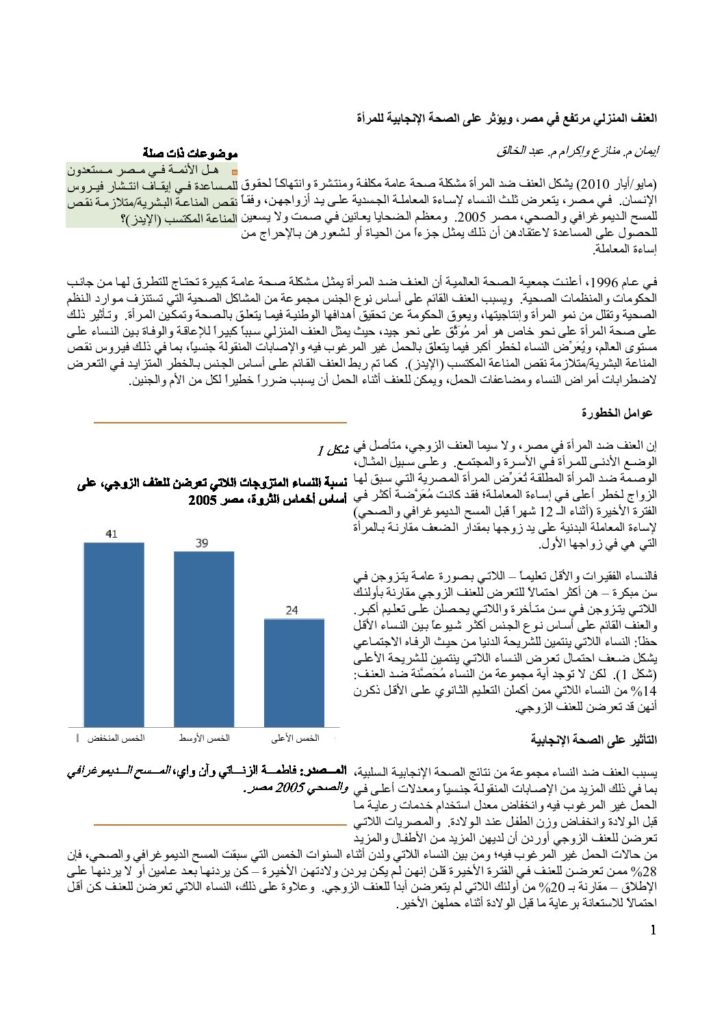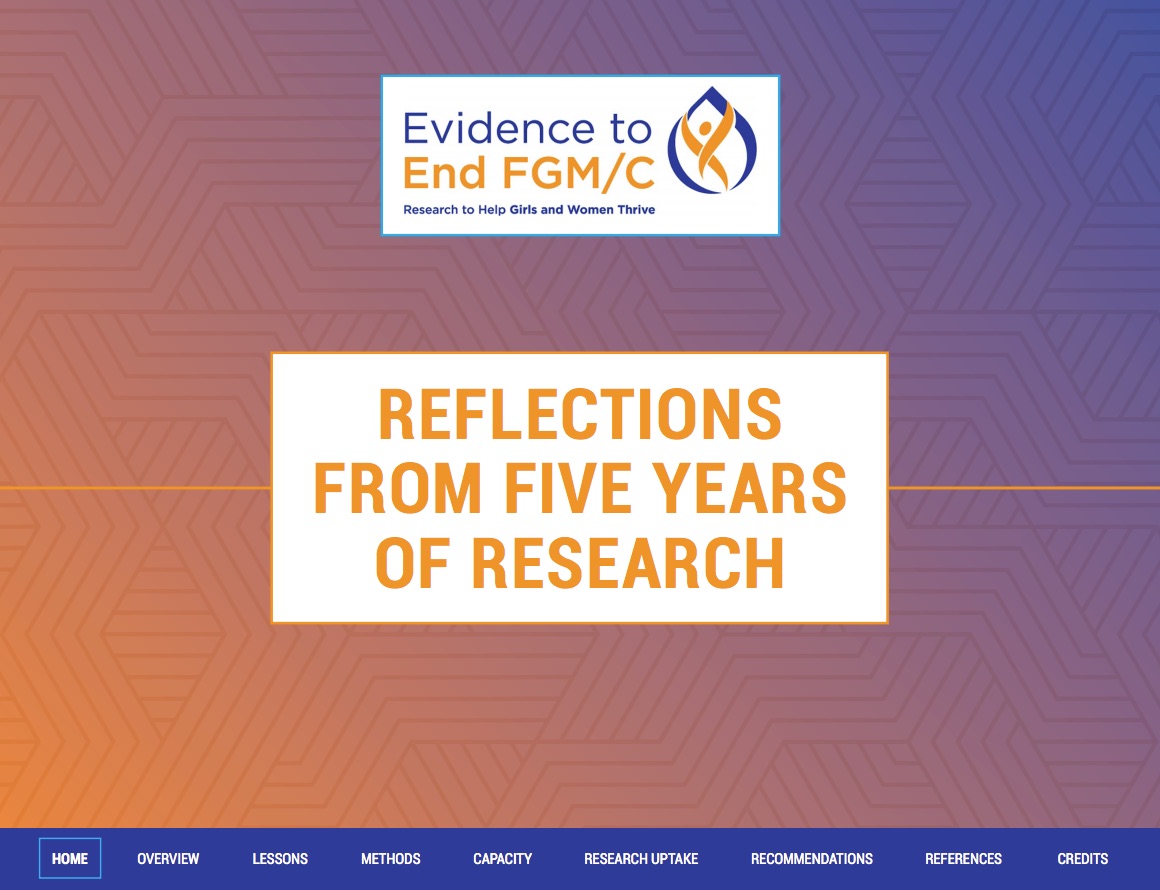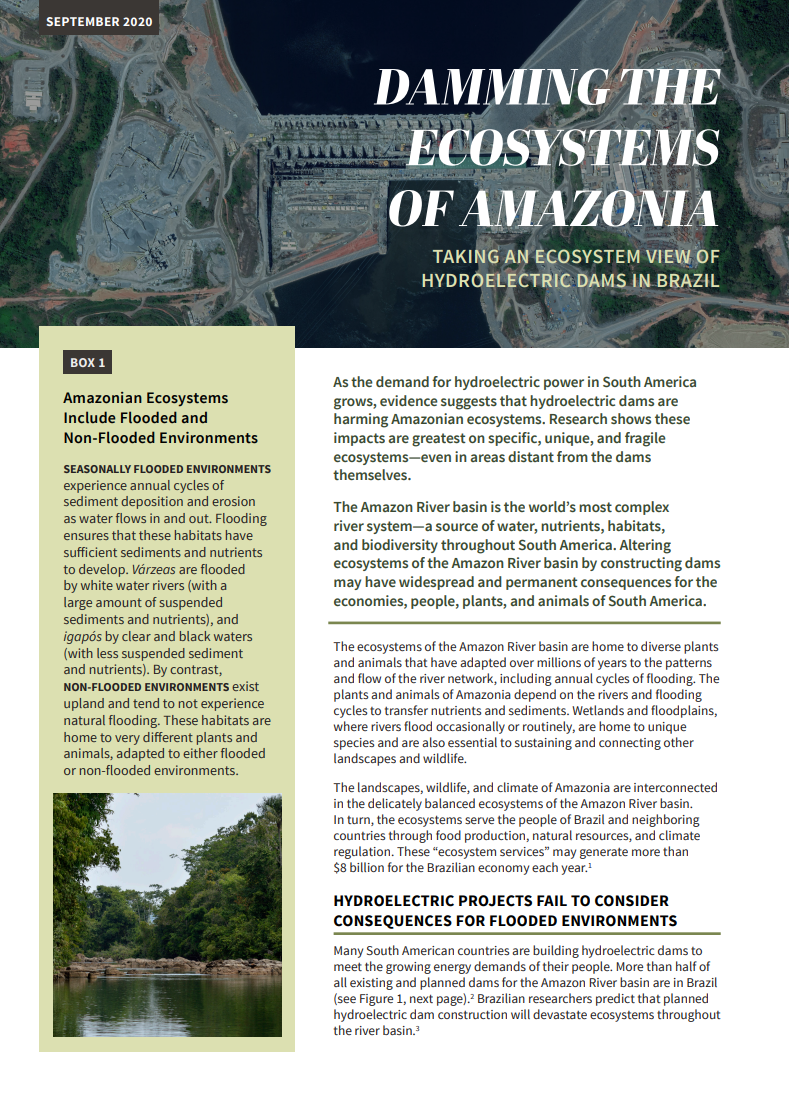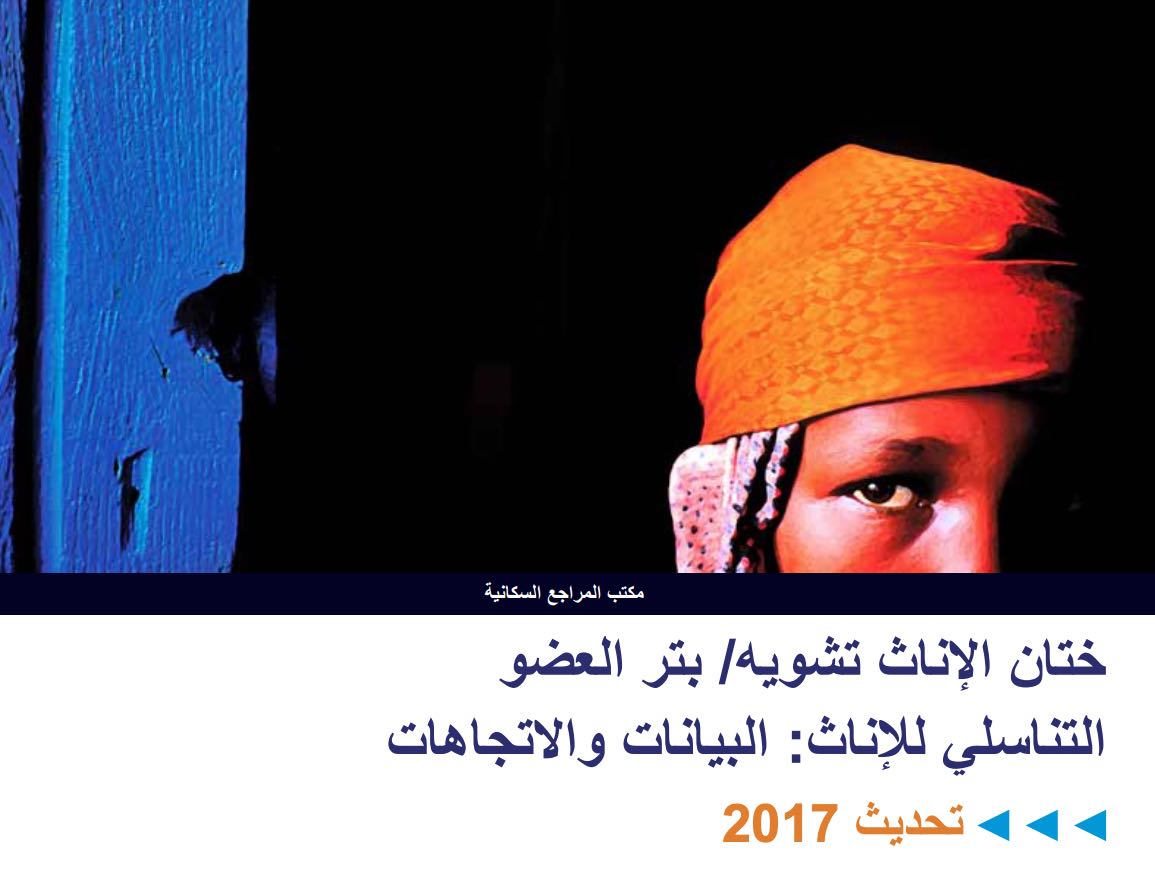The Growing Owner/Renter Gap in Affordable Housing in the U.S.
(2013) National trends mask a growing owner/renter gap in the amount of money spent on housing, relative to household income.
(2013) National trends mask a growing owner/renter gap in the amount of money spent on housing, relative to household income.

(2010) Violence against women is a costly and pervasive public health problem and a violation of human rights. In Egypt, a third of women are physically abused by their husbands, according to the 2005 Egypt Demographic and Health Survey (DHS).

Are data users aware of all the resources offered by the American Community Survey? We went on the road in Texas to find out.

Project: Counting Women’s Work
Une stratégie de communication politique solide est un élément important du processus de changement politique réussi pour la prise en compte du travail domestique non rémunéré dans les politiques publiques et macro-économiques.

Project: Evidence to End Female Genital Mutilation/Cutting
From 2015 to 2019, the African-led consortium developed innovative research methods and uncovered new evidence about the practice and how it is changing—focusing on families and communities, and health and legal systems—in eight countries: Burkina Faso, Egypt, Ethiopia, Kenya, Nigeria, Senegal, Somalia, and Sudan.

Project: Research Technical Assistance Center (RTAC)
This innovation brief describes the growing impact of hydroelectric dams on the Amazon River ecosystem in Brazil.
(2002) It is difficult to compare poverty levels in different countries. Countries not only have different currencies, they have different family income levels, consumption patterns, prices for goods and services (which affect purchasing power), spending patterns, and family and demographic characteristics.
(2009) The financial decisions facing older adults as they reach retirement age are increasingly more difficult.

Project: PACE: Policy, Advocacy, and Communication Enhanced for Population and Reproductive Health
Female Genital Mutilation/Cutting: Data and Trends Update 2017, produced with support from the U.S. Agency for International Development, provides the latest data on the practice in 29 developing countries with representative and comparable data—although FGM/C occurs worldwide.